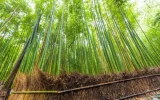Bamboo Farm Income per Acre (How Much You'll Make)
With its ability to thrive in a variety of climates and its high demand in markets ranging from construction materials to textiles, bamboo cultivation can yield significant returns. This article will delve into the economic aspects of bamboo cultivation, providing a comprehensive overview of the potential revenue bamboo farming can generate per acre.
Bamboo farming can be quite profitable, with an average income of $30,000 per acre annually, once mature. High-value bamboo like Moso can be used for furniture and flooring, enhancing profitability. However, the initial years require patience, as bamboo takes time to mature.
The real jackpot lies not just in selling the bamboo itself, but in exploring the myriad of products it can be turned into, from eco-friendly cutlery to luxurious fabrics, each with its unique market potential. Let's explore the different revenue streams from bamboo farming.
Summary
- Asper bamboo and Moso bamboo are the most profitable varieties, with potential earnings of up to $30,000 per acre.
- Guadua and Giant timber bamboo offer substantial profits, with Guadua reaching up to $25,000 and Giant timber bamboo up to $22,000 per acre.
- Black bamboo and Yellow groove bamboo are profitable for specialized markets, with earnings up to $20,000 and $18,000 per acre, respectively.
- Bamboo shoots for culinary use present the highest income potential among bamboo products, with earnings ranging from $30,000 to $40,000 per acre.
- Initial investments for starting a bamboo farm can vary significantly, ranging from $2,000 to $8,000 per acre for land costs.
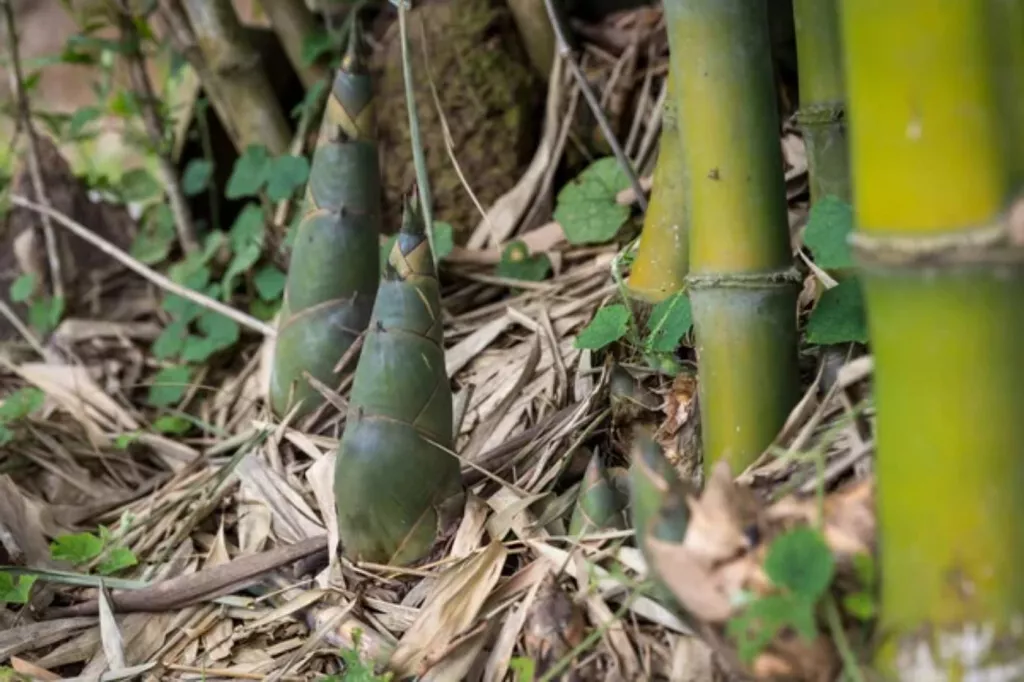
On this page:
Bamboo Varieties and Their Profit per Acre
When engaging in bamboo farming, the variety you choose can greatly affect your profit margins. Some bamboo species are more profitable due to their demand in the market.
| Bamboo Variety | Estimated Profits (From 5th Year) |
|---|---|
| Moso | $5,000 - $30,000 |
| Guadua | $5,000 - $25,000 |
| Black bamboo | $4,000 - $20,000 |
| Giant timber bamboo | $6,000 - $22,000 |
| Yellow groove bamboo | $3,500 - $18,000 |
| Asper bamboo | $7,000 - $30,000 |
Moso bamboo can be highly profitable
This species is popular for its use in the textile industry and construction due to its strength. Profits can be substantial, with some estimates reaching up to $30,000 per acre per year.
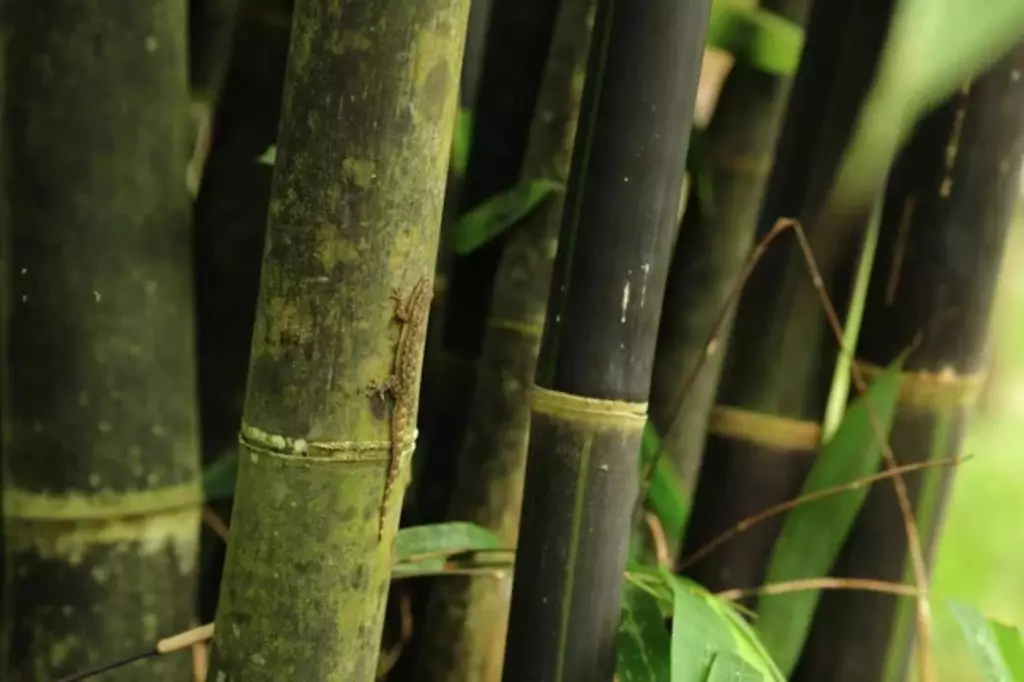
Guadua bamboo is a good investment
Known for its robustness, Guadua is often used in construction. It's a top choice if you're looking for a high-yield investment.
Black bamboo is a sought-after species of bamboo
Known for its unique dark-colored canes, Black Bamboo is highly sought after for ornamental purposes, as well as for crafting and furniture.
It's a popular choice for gardeners and landscapers, making it a potentially profitable variety for small-scale specialized markets.
Giant timber bamboo can be highly valuable
Renowned for its large size and quick growth, this species is ideal for biomass, construction, and ornamental use. It is especially valued in areas where large, sturdy bamboo canes are required.
Yellow groove bamboo has a versatile market
Appreciated for its distinctive yellow canes with a green groove, it serves both ornamental and practical purposes. This variety can be used in crafts, furniture, and as a privacy screen, making it versatile in its marketability.
Asper bamboo offers a high biomass yield
This species is known for its large diameter and strength, making it suitable for construction and furniture. Asper Bamboo's quick growth and high biomass yield also make it a candidate for bioenergy production.
Initial Investment and Ongoing Costs for a Bamboo Farm
When you start your bamboo farm, the initial investment includes acquiring land. Depending on your location, land prices vary greatly but expect to pay anywhere from $2,000 to $8,000 per acre. If purchasing land is not an option, leasing is a feasible alternative.
Next, consider the costs associated with legalities and business structure. This includes permits, forming an LLC (Limited Liability Company), and obtaining an EIN (Employer Identification Number) for tax purposes. These provide legal protections and are crucial for operating your business.
Your ongoing costs cover labor, maintenance, fertilizers, and other materials necessary to sustain your bamboo growth. You'll also need to budget to protect your investment and fencing to secure your crop. Accounting services will help manage your finances and maybe another cost consideration.
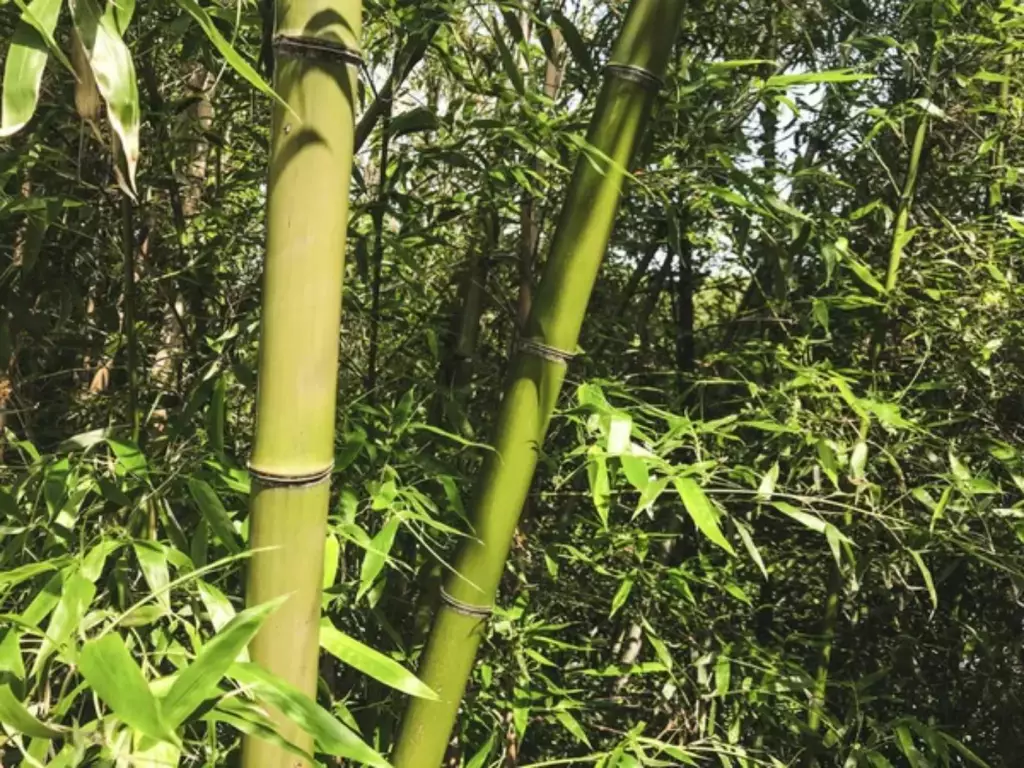
Maintenance requires regular attention, including the cost of any equipment needed, which must be factored into your overall expenses. Here's an outlook on recurring costs:
- Labor: Depending on the scale, this may include hired help.
- Insurance: Essential for risk management.
- Maintenance: Includes irrigation, pest control, and more.
Learn more about the real cost of planting bamboo per acre as you read this article.
Revenue Streams From an Acre of Bamboo
When you dive into bamboo farming, you'll discover various ways to make money, from selling processed bamboo to tapping into the raw material market.
Below, we explore these avenues in more detail, helping you understand how each can contribute to your farming income.
| Revenue Stream | Estimated Income Per Acre |
|---|---|
| Selling bamboo products | $5,000 - $25,000 (from the 5th year) |
| Market for raw material | Variable, based on $1 per linear foot |
| Bamboo shoots for culinary use | $30,000 - $40,000 |
| Bamboo textiles and fabrics | $10,000 - $20,000 |
| Eco-friendly paper products | $5,000 - $15,000 |
| Bamboo charcoal | $3,000 - $10,000 |
Selling bamboo products
Bamboo offers a rich source of diverse products for different markets. As a farmer, your range includes everything from potted bamboo plants, ideal for gardening enthusiasts, to materials for furniture and construction.
Selling potted plants to garden centers and landscapers could yield profits ranging from $500 to $1,500 per plant. For larger-scale projects, such as bamboo for construction or furniture, the selling price depends heavily on the quality and demand.
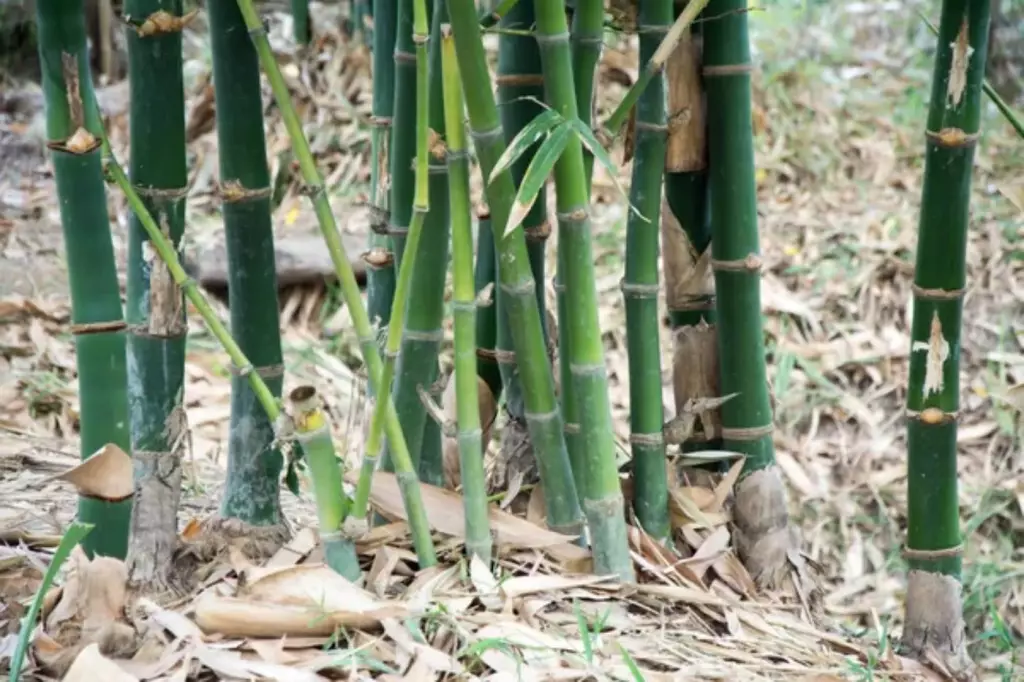
After accounting for all costs, the net profit per acre could potentially range from $5,000 to $25,000 starting from the fifth year onward, providing a significant return on your investment.
Market for raw material
Think beyond the farm; your bamboo can be turned into mulch, chips, and even resources for manufacturing industries.
These raw materials are vital for companies focused on eco-friendly production and can fetch a good price on the Asian market or with local lumber businesses.
Demand for raw bamboo reflects growth within sustainable markets. As these markets expand, the demand for bamboo as a raw material is expected to increase, especially as a replacement for traditional wood.
The price for raw bamboo can vary, but let's consider a conservative estimate of $1 per linear foot. Proper marketing and a steady demand provide a tangible and profitable avenue within your bamboo farming business.
Bamboo shoots for culinary use
Young bamboo shoots are a delicacy in many parts of the world, particularly in Asian cuisines. They are harvested in the spring when the shoots are still tender.
Farmers can sell bamboo shoots fresh, canned, or fermented, with fresh shoots fetching a premium price. The cultivation of bamboo for shoots requires careful species selection, as only certain species produce the desirable tender shoots suitable for culinary use.
The income from bamboo shoots can be quite lucrative per acre, especially if the farmer establishes direct sales channels to restaurants, supermarkets, or farmers' markets.
Bamboo textiles and fabrics
Bamboo fiber is used to produce textiles and fabrics that are soft, breathable, and have excellent moisture-wicking properties.
These characteristics make bamboo fabrics popular for clothing, towels, bed linens, and even baby products. The process of turning bamboo into fiber can be environmentally friendly, especially when using mechanical processing methods, which retain the bamboo's natural properties and ensure a sustainable product.
Bamboo fabrics are often marketed as more sustainable than cotton or synthetic fibers, appealing to environmentally conscious consumers.
Farmers and producers can tap into this market by selling bamboo raw materials to manufacturers or by venturing into the production of finished bamboo textile products themselves.
Eco-friendly paper products
Bamboo is an excellent source of raw material for paper production, offering a sustainable and eco-friendly alternative to traditional wood pulp paper.
Bamboo grows much faster than trees, allowing for more frequent harvesting and a more sustainable source of raw material. Paper made from bamboo has similar qualities to traditional paper, including strength and versatility, making it suitable for a wide range of products, from office paper to toilet tissue and packaging.
Bamboo charcoal
Bamboo charcoal is produced by burning bamboo at high temperatures in a low-oxygen environment, a process that enhances its absorption properties.
It is used for a variety of purposes, including air and water purification, as a deodorizer, in health and beauty products, and even in gardening as a soil amendment.
The high porosity of bamboo charcoal makes it effective at absorbing odors and toxins, which has led to its popularity in eco-friendly and health-conscious markets.
Products such as bamboo charcoal soap, purifying bags, and water filters have a growing customer base. The key to success in this segment is quality control and marketing the product's environmental benefits and effectiveness.
Maximizing Your Profits From Bamboo Farming
When planning your bamboo business, prioritize selecting a profitable crop. Bamboo can yield high profits, particularly after the fourth year. To maximize profit margins, research which bamboo species best suits your climate and market needs.

Invest in knowledge
Gain knowledge on growing bamboo effectively. Knowing the right techniques for planting, irrigation, and fertilization will improve your yield.
Sustainable practices and crop rotation can enhance soil fertility and reduce pests, leading to a healthier bamboo plantation.
Reduce cost
Keeping costs low is vital. Analyze your expenses and identify areas where you can save. For instance, if you're running a small farm, minimizing transportation costs by selling locally can notably increase profits.
| Expense Category | Description |
|---|---|
| Planting materials | Invest in quality seeds or rhizomes. |
| Irrigation | Use water efficiently to lower bills. |
| Fertilization | Balance cost and soil health. |
| Labor | Employ skillful but affordable labor. |
Plan harvests strategically
Plan your harvest wisely. Harvesting too early or late can affect the quality of bamboo. Understand the best times to harvest to ensure you grow bamboo that meets market demand.
Remember, to grow bamboo profitably, start small learn continuously, and expand cautiously. This approach will help you steadily increase your profits while minimizing the risks associated with large-scale bamboo cultivation.


